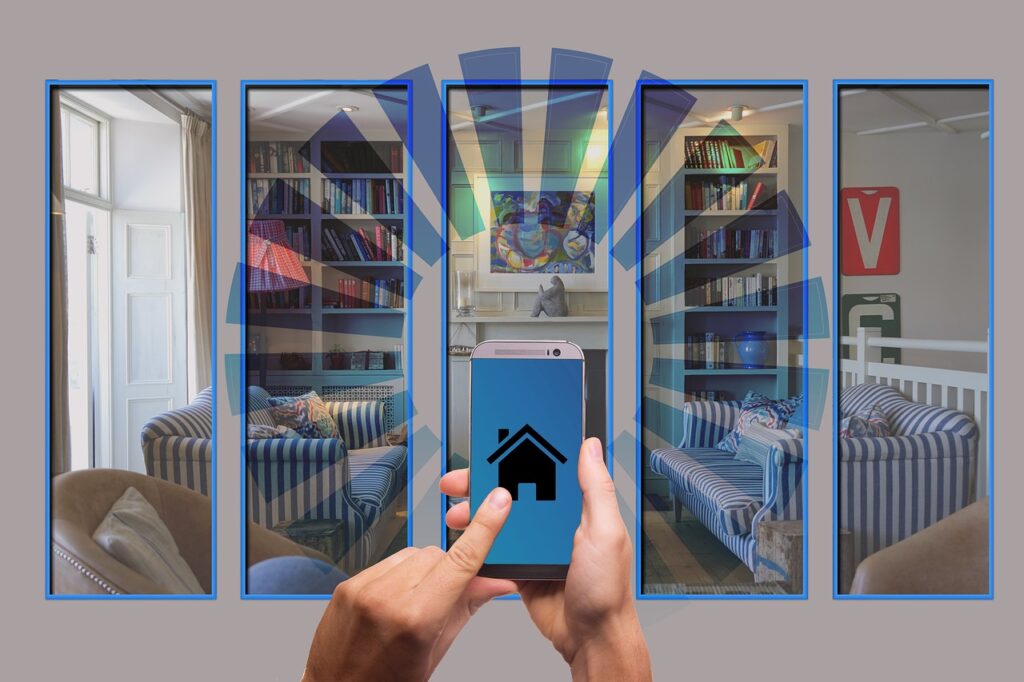In our rapidly evolving world, smart homes have seamlessly integrated into our daily lives. Gone are the days when asking your refrigerator to add milk to your grocery list felt peculiar. Today, we enjoy the unmatched convenience and efficiency that smart homes offer. From controlling lights and thermostats through smartphone apps to having virtual assistants like Alexa at our beck and call, the future is now. However, as we embrace this digital evolution, it’s crucial to remain mindful of the potential risks and proactively safeguard our smart homes.
Recent headlines have brought to light the vulnerabilities of smart home technology, as exemplified by the New York Post’s article titled “Locked Out & Hacked: When Smart Homes Turn on Owners.” This article narrates real-life smart home nightmares, such as the new homeowner who found themselves unexpectedly locked inside their smart home due to preprogrammed settings. Another chilling account involves a woman terrorized by manipulated lights and sounds at home, orchestrated by her former partner through malicious exploitation of smart technology.
In this era of increasingly intelligent homes, it is essential to explore strategies for protecting your home and preserving your privacy.
Smart Home Safety Tips You Need to Implement
1. Fortify Your Network
Your smart home’s foundation lies in its network. Just as you wouldn’t leave your front door wide open, Wi-Fi security deserves your attention. Best practices include changing your router’s default password to something strong and unique, implementing WPA3 encryption (Wi-Fi 6), creating a separate guest network to isolate smart devices, and regularly updating your router’s firmware to ensure it boasts the latest security patches.
2. Enhance the Security of Your Device Passwords
When setting up your smart devices, diligence in selecting strong, unique passwords is vital. Avoid easily guessable combinations like “123456” or “password.” Opt for a mix of upper and lower-case letters, numbers, and symbols. Consider employing a password manager for added security.
3. Activate Two-Factor Authentication (2FA) for Extra Security
Many smart home device manufacturers offer 2FA as an additional layer of security. By enabling 2FA, you can thwart unauthorized access, even if someone manages to guess your password. The secondary authentication step acts as a robust safeguard against potential breaches.
4. Keep Your Firmware Up-to-Date
Firmware updates are crucial for addressing security vulnerabilities in your smart devices. Manufacturers release these updates to patch identified weaknesses. Make a habit of checking for firmware updates regularly and promptly applying them.
5. Thoroughly Assess Your Smart Devices
Not all smart devices are created equal. When selecting new additions for your smart home, conduct research into the manufacturer’s reputation. Look for products with a history of prompt updates and robust security features, while avoiding devices from obscure or untrusted brands.
6. Secure Your Critical Devices by Isolating Them
Consider segregating your most sensitive devices onto a separate network if possible. Create a dedicated network for smart locks, security cameras, and other critical devices. This separation ensures that even if one network is compromised, your other devices remain secure.
7. Carefully Examine App Permissions
Smart home apps often request access to various permissions on your devices. Before granting these permissions, carefully assess the data the app seeks to access and determine if it’s necessary for the device’s functionality. Restrict permissions to the minimum required for the device to operate.
8. Exercise Vigilance When Using Voice Assistants
Voice-activated assistants like Alexa and Google Assistant offer incredible convenience but also pose privacy risks. Review the privacy settings of your voice assistant, be mindful of the information you share, and consider muting the microphone when not in active use to prevent unintended eavesdropping.
9. Consistently Monitor Your Smart Devices
Frequently monitor the status and activity of your smart devices. Watch for any unusual behavior, such as devices turning on or off unexpectedly or unknown devices appearing on your network. If you notice anything suspicious, investigate and take swift action.
10. Understand How Your Device Utilises Data
Examine your smart device’s privacy policy and understand how it utilizes your data. Some devices may collect and share your information with third parties for advertising or other purposes. Make informed decisions regarding the devices you welcome into your home.
11. Stay Informed
Stay updated on the latest developments in smart home security. Subscribe to security newsletters, follow reputable tech blogs, and keep abreast of news articles like the one featured in the New York Post. The more knowledge you acquire, the better prepared you’ll be to protect your smart home in this ever-evolving digital landscape.



